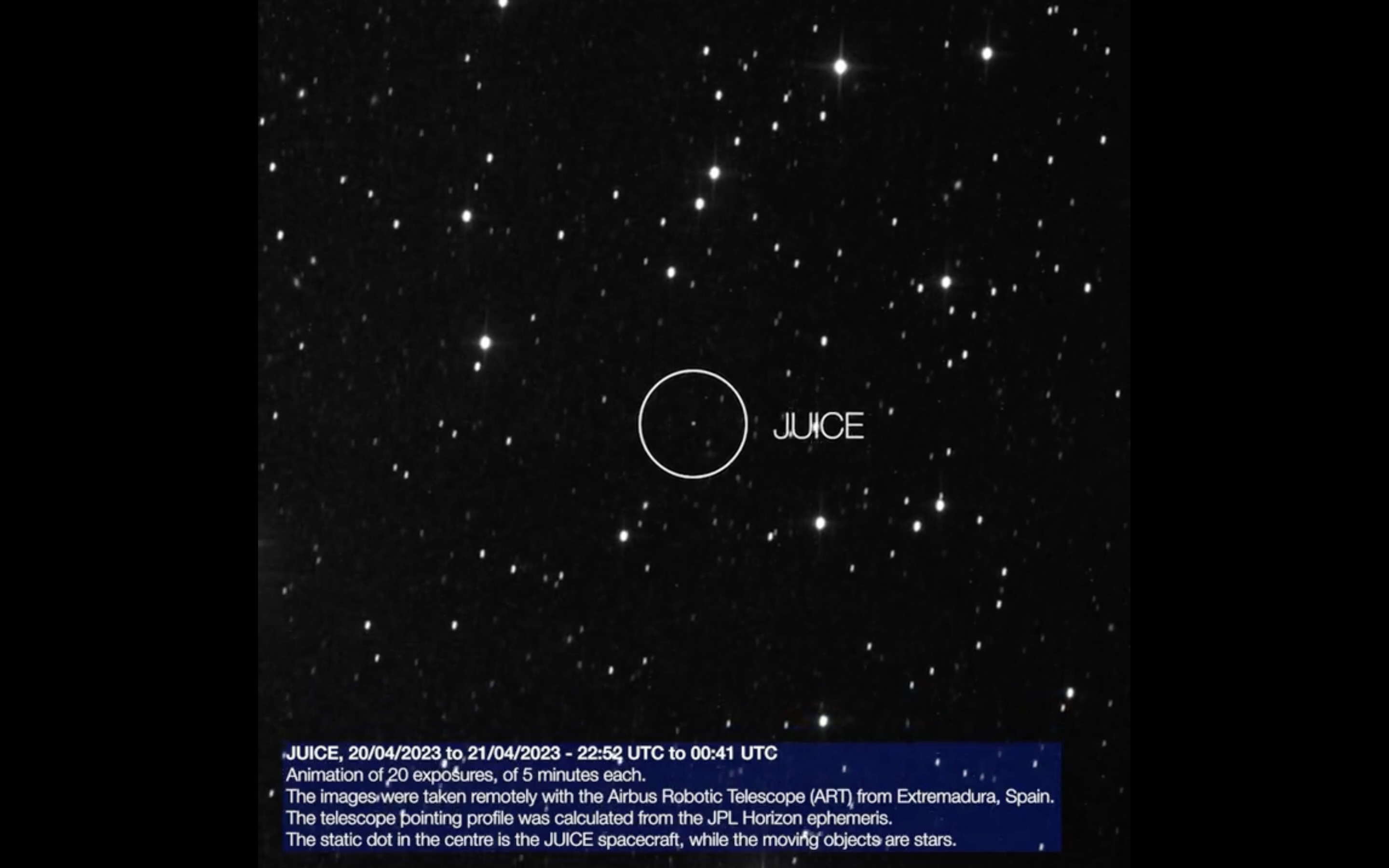- Research Briefing
- Published:
(2023)Cite this article
2254 Accesses
12 Altmetric
Subjects
GEARS, a machine learning model informed by biological knowledge of gene–gene relationships, effectively predicts transcriptional responses to multi-gene perturbations. GEARS can predict the effects of perturbing previously unperturbed genes and detects non-additive interactions, such as synergy, when predicting combinatorial perturbation outcomes. Thus, GEARS expands insights gained from perturbational screens.
This is a preview of subscription content, access via your institution
Access options
Access Nature and 54 other Nature Portfolio journals
Get Nature+, our best-value online-access subscription
24,99 € / 30 days
cancel any time
Subscribe to this journal
Receive 12 print issues and online access
195,33 € per year
only 16,28 € per issue
Rent or buy this article
Prices vary by article type
from$1.95
to$39.95
Prices may be subject to local taxes which are calculated during checkout

References
Dixit, A. et al. Perturb-Seq: dissecting molecular circuits with scalable single-cell RNA profiling of pooled genetic screens. Cell 167, 1853–1866 (2016). This paper describes the assay used to measure single-cell transcriptional responses to perturbation.
Norman, T. M. et al. Exploring genetic interaction manifolds constructed from rich single-cell phenotypes. Science 365, 786–793 (2019). These authors studied genetic interactions using a multi-gene perturbation screen.
Kamimoto, K. et al. Dissecting cell identity via network inference and in silico gene perturbation. Nature 614, 742–751 (2023). This article presents an alternative in silico gene perturbation model.
Replogle, J. M. et al. Mapping information-rich genotype-phenotype landscapes with genome-scale perturb-seq. Cell 185, 2559–2575 (2022). This article presents a genome-wide perturbation screen.
Nelson, M. R. et al. The support of human genetic evidence for approved drug indications. Nat. Genet. 47, 856–860 (2015). This article presents the importance of genetic information for drug efficacy.
Additional information
Publisher’s note Springer Nature remains neutral with regard to jurisdictional claims in published maps and institutional affiliations.
This is a summary of: Roohani, Y., Huang, K. & Leskovec, J. Predicting transcriptional outcomes of novel multigene perturbations with GEARS. Nat. Biotechnol. https://doi.org/10.1038/s41587-023-01905-6 (2023)
Rights and permissions
About this article
Cite this article
Machine learning predicts cellular response to genetic perturbation.
Nat Biotechnol (2023). https://doi.org/10.1038/s41587-023-01907-4
Published:
DOI: https://doi.org/10.1038/s41587-023-01907-4
Note: This article have been indexed to our site. We do not claim legitimacy, ownership or copyright of any of the content above. To see the article at original source Click Here













